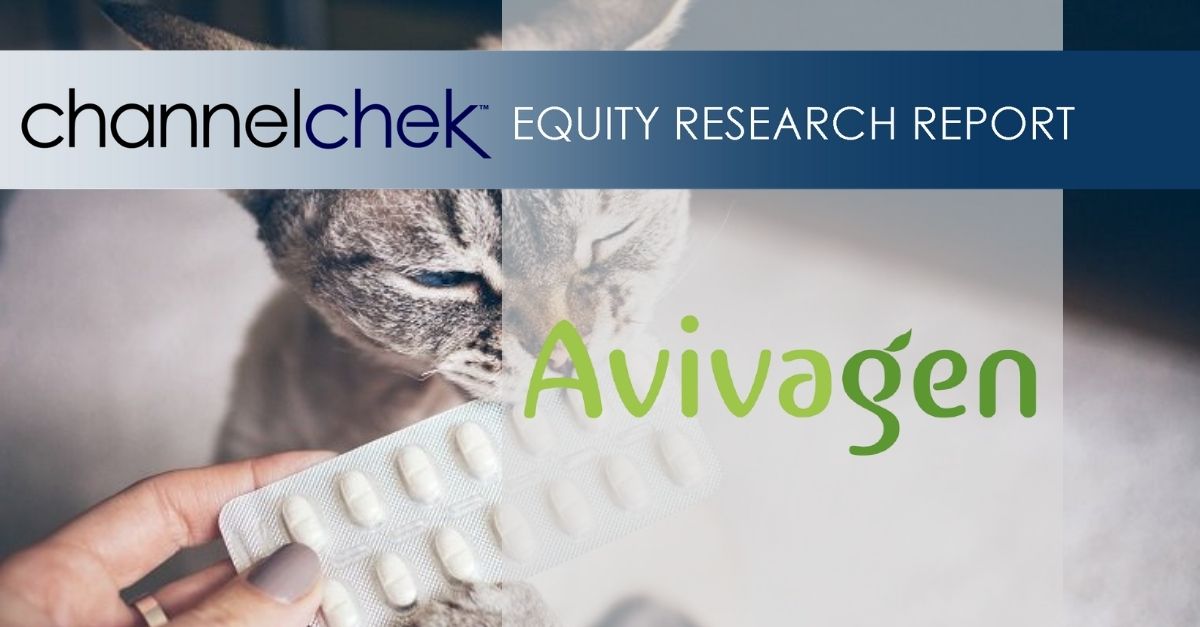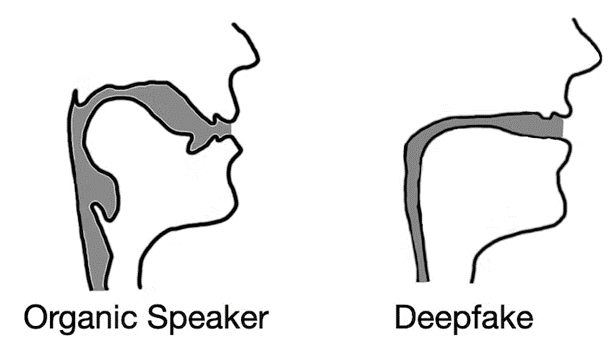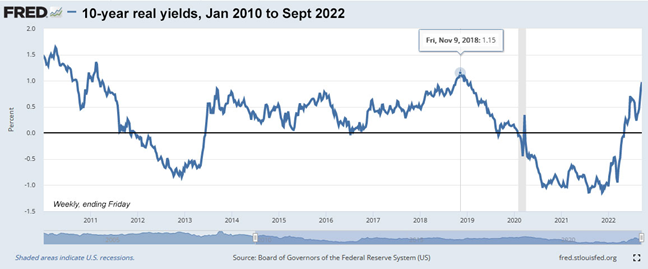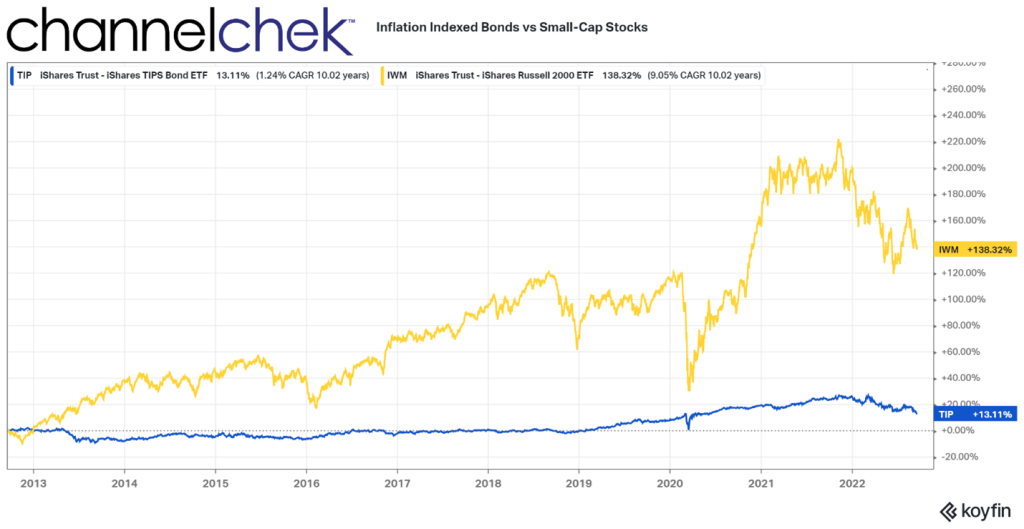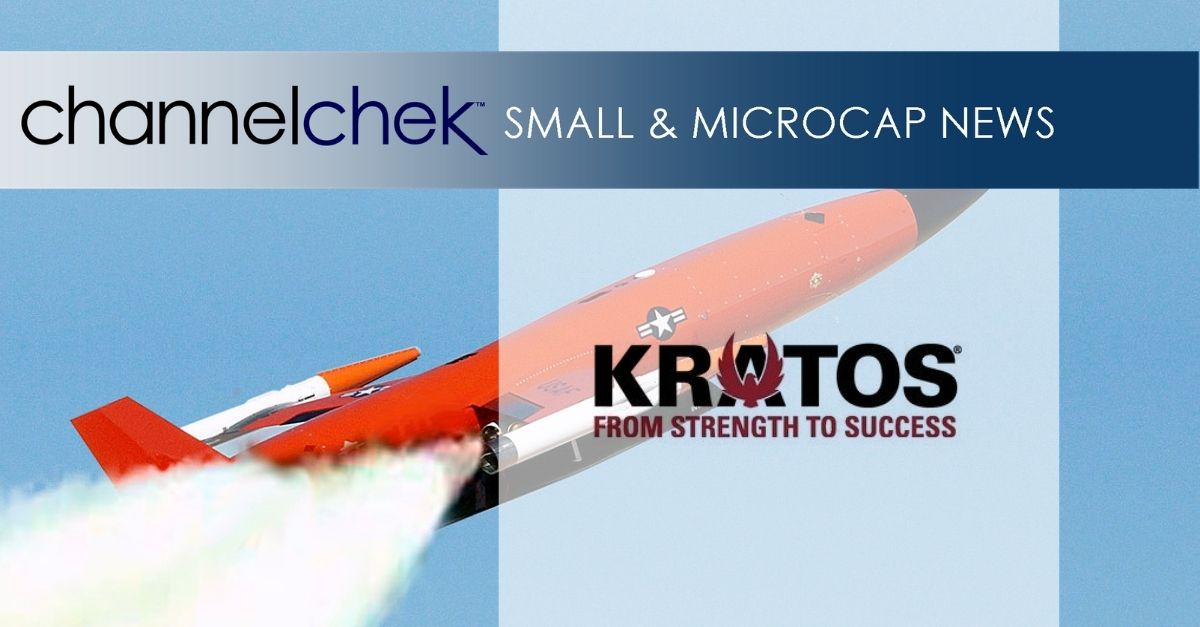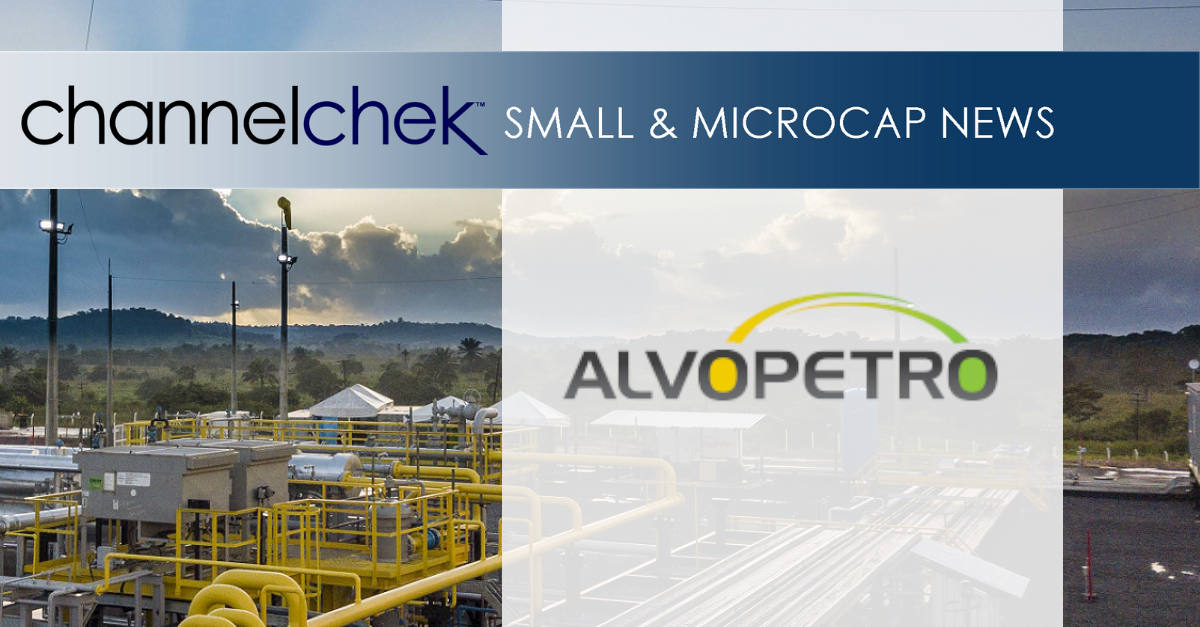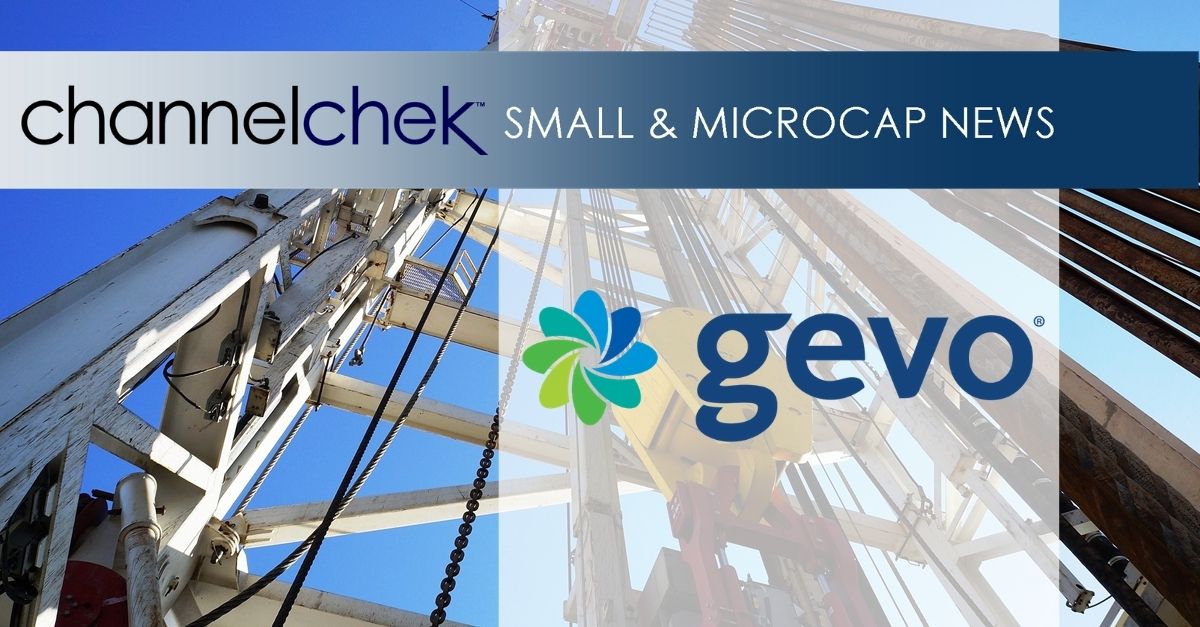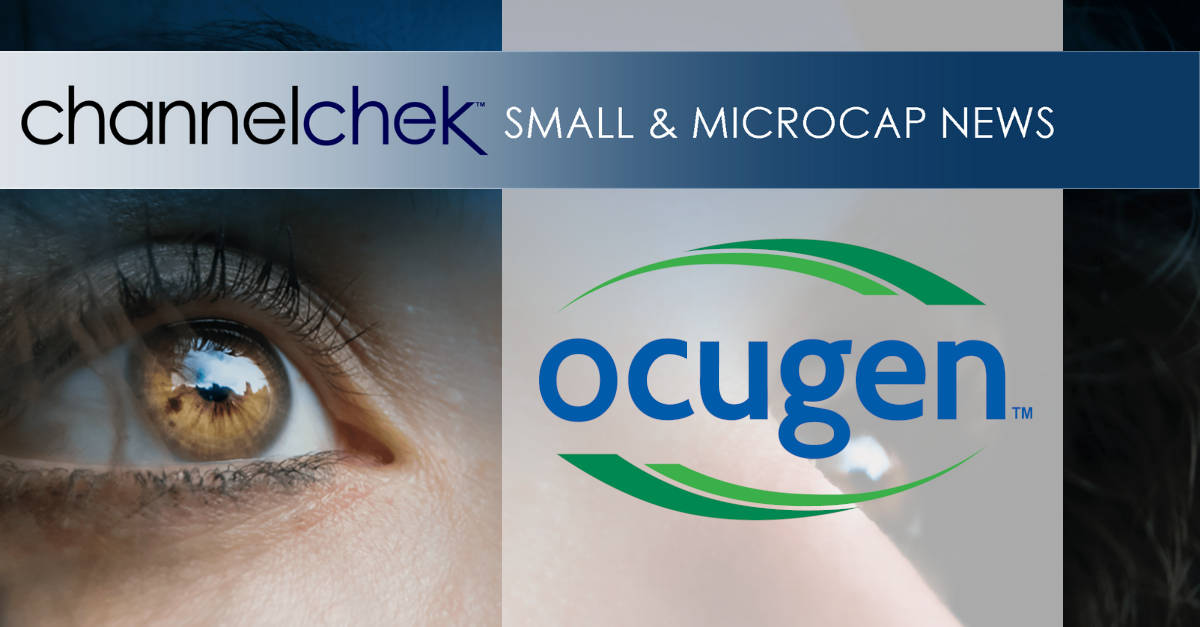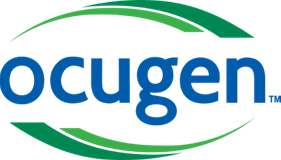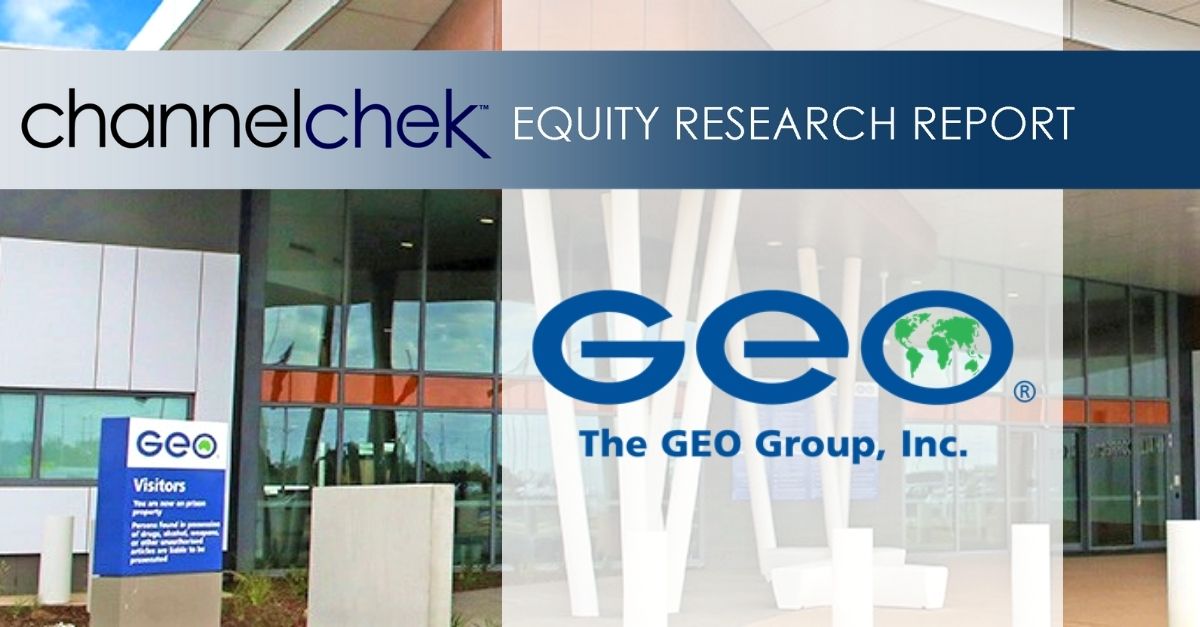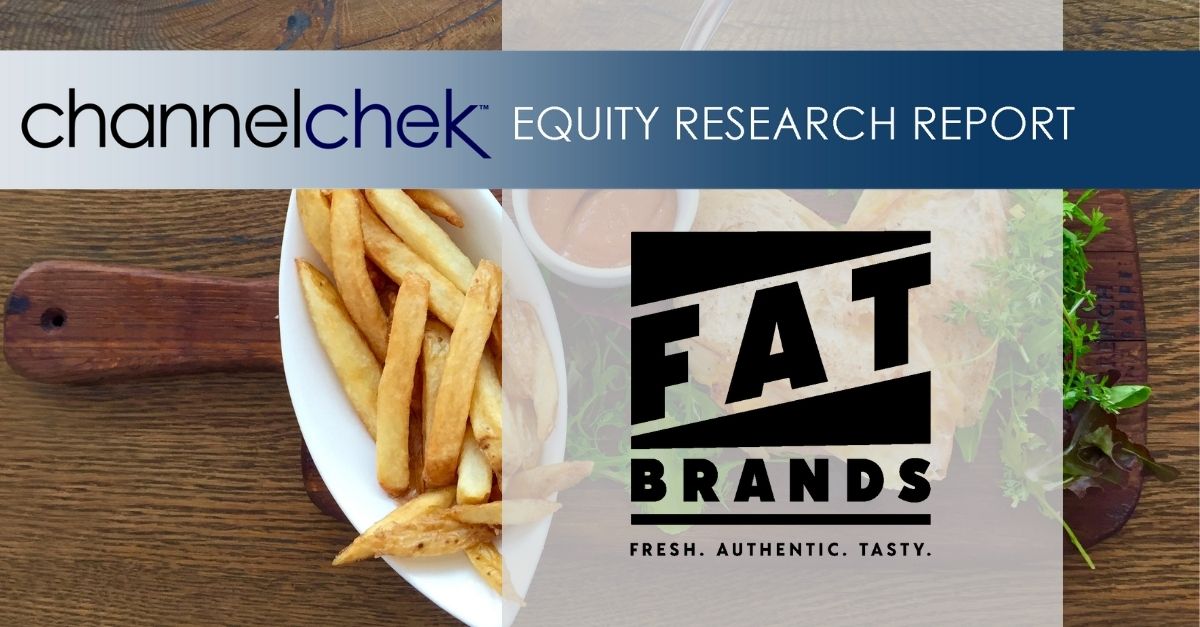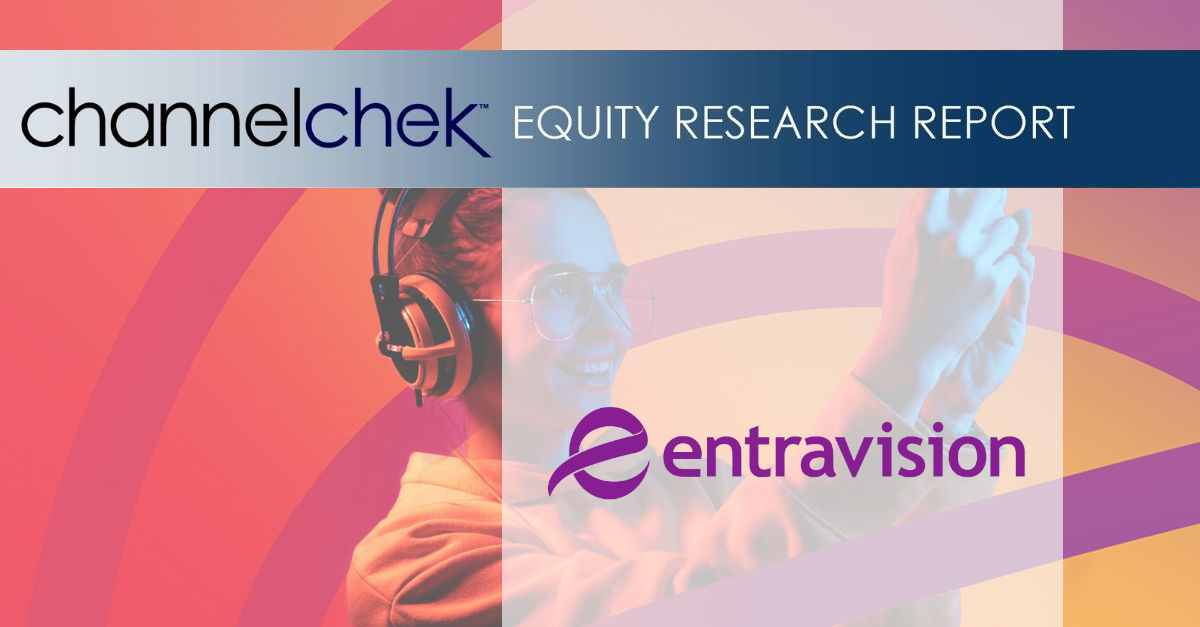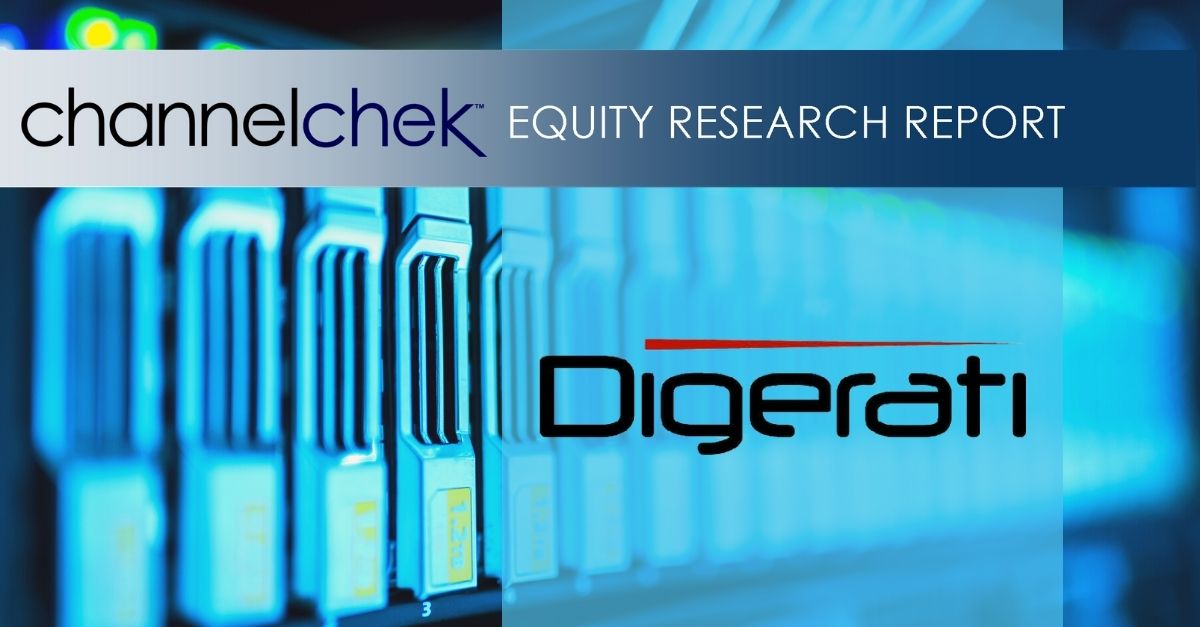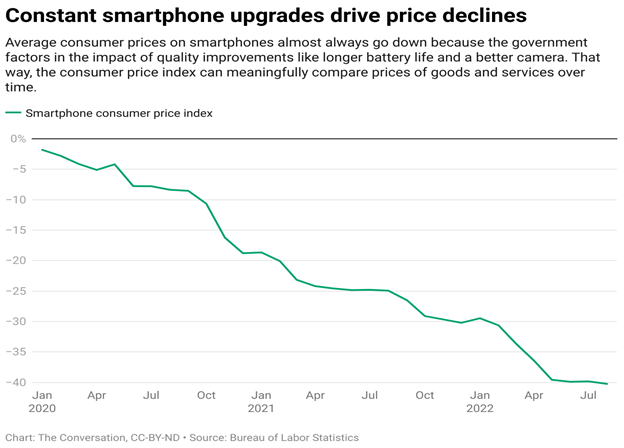Research, News, and Market Data on KTOS
September 19, 2022 at 10:02 AM EDT
Key Capabilities, Including Manned-Unmanned Teaming with Manned Fighters, Autonomous Relative Navigation Formation, Multi-User Handoff, Demonstrated by Kratos Platforms
SAN DIEGO, Sept. 19, 2022 (GLOBE NEWSWIRE) — In a release issued under the same headline on Monday, September 19th by Kratos Defense & Security Solutions, Inc. (NASDAQ: KTOS), please note that Eric DeMarco’s title was incorrect. The corrected release follows:
Kratos Defense & Security Solutions, Inc. (NASDAQ: KTOS), a leading National Security Solutions provider and industry-leading provider of high-performance, jet-powered unmanned aerial systems, announced today another recent successful flight from its family of Collaborative Combat Aircraft (CCA)—flying and demonstrating capabilities since 2015. Kratos’ family of CCA’s include more than four different aircraft types, with each having been flying for several years, proving, validating, and demonstrating key mission capabilities, as the DoD refines the ultimate range of requirements for the various CCA classes.
All of Kratos’ CCA systems are high subsonic, high maneuverability (high-g) jet aircraft, each optimized for different mission capabilities, with each incorporating stealth and other capabilities to help ensure survivability in today’s contested environment. Kratos’ publicly announced family of CCA systems range from a 350-pound class system to a 6000-pound class system and unrefueled ranges in excess of 3,000 miles.
Kratos rail-launched and runway-independent CCAs are developed to maximize performance per cost rather than being at the exquisite end of the capability and cost level. Therefore, they are ideal for “large mass, high quantity” scenarios and for distributed capability operations, where the loss of any one aircraft has a minimal effect on mission success and a minimal effect on cost of the overall mission. Current and recent conflicts, such as the war in Ukraine, have emphasized the validity in the distributed/high mass strategy for today’s battlespace, further supported by the cost equation.
Kratos Air Wolf Drone with Tactical Mission System Payload Just before Flight is available at: https://www.globenewswire.com/NewsRoom/AttachmentNg/92a79cb0-7e37-47aa-b50a-29a3960ca110
Across a portfolio of internally funded efforts and funded on-contract efforts, Kratos CCAs have flight-demonstrated the following mission capabilities in flights beginning in 2015 and continuing throughout the last seven years:
- autonomous self-navigation
- autonomous relative navigation, i.e., flying in formation and teaming with manned fighters
- in MUM-T mode based on the manned fighter/attack aircraft path
- network based encrypted communications
- control handoffs between ground operators
- airborne operators in the mission area
- airborne operators remote from the mission area
- Kratos-only autonomy flights
- open system high level autonomy control from other providers/standards
- collaborative operations with multiple CCAs
- collaborative operations with manned systems (MUM-T)
- communications relay missions
- sub-UAV / loitering munition deployment operation
- internal “payload” carriage
- external “payload carriage”
- weapon system carriage, deployment, and operation
- terminal effects/mode delivery including successful target impact
Kratos UTAP-22 Makos with Harrier following successful multi CCA MUM-T flight test series is available at: https://www.globenewswire.com/NewsRoom/AttachmentNg/7c065cc2-7636-44da-9398-5f8c241cdf13
Steve Fendley, President of Kratos Unmanned Systems Division, said, “There have been many reports in the recent months/years about the promise of capabilities – such as relative navigation autonomy for MUM-T operations, multiple CCA collaborative missions, control handoffs from multiple users/commanders for a single or group of UAVs/CCAs – demonstrated through UAV system simulations across the industry. Notably, each of these critical capabilities have previously been actually flight demonstrated and proven with the Kratos CCAs, beginning in 2015. Our aircraft have operated in actual flight—being controlled from, flown in formation using relative navigation based on the manned assets, and flown in coordination with F-16s, AV8-Bs, F-35s, F-22s, T-38s, CRJs, and other manned, as well as unmanned, assets.”
Kratos XQ-58A in flight with F-35 and F-22 is available at: https://www.globenewswire.com/NewsRoom/AttachmentNg/963f08c0-1ac7-450b-b5a2-9128afad1a99
Mr. Fendley continued, “Kratos’ systems include inner loop and outer loop autonomy up through elements of level 4 with Kratos baseline software. The Kratos software includes open architecture interfaces to enable control from systems including the Government Reference Architecture Skyborg ACS, for example. All of these have been flight demonstrated on our CCAs with the Kratos baseline autonomy providing the foundation capability. Our continued internal and on-contract work is focused on supporting the DoD in closing on the final requirement sets for the wide range of mission applications and on having field ready systems, which have been flight proven even before the ultimate capability requirements and programs have been published.”
Mr. Fendley concluded, “The DoD has reported consistently, especially in the last several months, that runway independence and the ability to operate from multiple non-large base locations is a critical enabler for our military’s successful operations in the most critical enemy threat scenarios. The DoD has also reported consistently that large quantities or a mass of CCAs are the game-changer for success in the wargames and threat analyses. Other characteristics/capabilities which are significant enablers for mission success in these engagements/missions include a level of survivability through signature, speed, and maneuverability, plus range and endurance in substantial excess of today’s fighters, and finally, affordability based on both the mass analyses and cost trade conflict equation. Kratos’ systems have been designed specifically in response to each of these fundamentals, all which support the wargame analysis keys to success.”
Kratos XQ-58A Weapons Bay open in flight is available at: https://www.globenewswire.com/NewsRoom/AttachmentNg/1cd823fb-d934-4b1a-9ac7-6a33a4f4b224
Kratos XQ-58A deploying Loitering Munition Altius 600 in flight is available at: https://www.globenewswire.com/NewsRoom/AttachmentNg/a60c8fbf-3d99-4396-a4fc-054ed4719fd8
Eric DeMarco, Kratos’ President & CEO, said, “At Kratos we have always been committed to ‘designed and built in the USA’, supporting the American worker, family, industrial base and our Country. As evidenced by the pandemic, supporting and strengthening the U.S. defense industrial base at all tiers is a critical key to the defense of our Nation overall. As part of this mission, Kratos develops and demonstrates complete capabilities with actual hardware, actual software, and actual systems. Proving capabilities within the challenging uncrewed aircraft arena can and will ever only be confirmed through actual flight—not simulations.”
Mr. DeMarco continued, “By progressing to actual flight and actual demonstration with high capability-per-cost, yet affordable, systems faster than traditional and conventional platform providers can achieve, Kratos is changing the status quo. We believe in being disruptive and are investing our own resources at an industry-leading, unmatched rate to ensure the warfighter has increased capabilities sooner for less cost. At Kratos, affordability is a technology, and we will remain fully committed to this approach, including American designed, sourced, and built systems, which I am confident, especially based on the current and rapidly increasing threat environment, combined with the current financial and budget realities, is the right answer for our warfighter and for the United States overall.”
About Kratos Defense & Security Solutions
Kratos Defense & Security Solutions, Inc. (NASDAQ:KTOS) develops and fields transformative, affordable technology, platforms and systems for United States National Security related customers, allies, and commercial enterprises. Kratos is changing the way breakthrough technology for these industries are rapidly brought to market through proven commercial and venture capital backed approaches, including proactive research, and streamlined development processes. At Kratos, affordability is a technology, and we specialize in unmanned systems, satellite communications, cyber security/warfare, microwave electronics, missile defense, hypersonic systems, small to mid-sized jet engines and technology, training, and combat systems. For more information go to www.KratosDefense.com.
Notice Regarding Forward-Looking Statements
Certain statements in this press release may constitute “forward-looking statements” within the meaning of the Private Securities Litigation Reform Act of 1995. These forward-looking statements are made on the basis of the current beliefs, expectations, and assumptions of the management of Kratos and are subject to significant risks and uncertainty. Investors are cautioned not to place undue reliance on any such forward-looking statements. All such forward-looking statements speak only as of the date they are made, and Kratos undertakes no obligation to update or revise these statements, whether as a result of new information, future events or otherwise. Although Kratos believes that the expectations reflected in these forward-looking statements are reasonable, these statements involve many risks and uncertainties that may cause actual results to differ materially from what may be expressed or implied in these forward-looking statements. For a further discussion of risks and uncertainties that could cause actual results to differ from those expressed in these forward-looking statements, as well as risks relating to the business of Kratos in general, see the risk disclosures in the Annual Report on Form 10-K of Kratos for the year ended December 26, 2021, and in subsequent reports on Forms 10-Q and 8-K and other filings made with the SEC by Kratos.
Press Contact:
Yolanda White
858-812-7302 Direct
Investor Information:
877-934-4687
investor@kratosdefense.com

